Back in the old days the laundry was often done in a washtub, with bar soap (or flakes) and a washboard. Some families might have had a ringer, which helped to reduce the drying time by a fair bit. Even once electric washing machines came out, many people did not have the space or money to then also buy a clothes dryer. Given that everyone already had a clothesline, it might have seemed like an unnecessary extravagance and the real labor was all in the washing and ironing anyways. Plus, there’s nothing that smells as good as laundry dried on the clothesline. Back then there were quite a few rules about how the clothes should be hung out. These rules were to save time and money and if you didn’t follow them you’d most likely get a stern talking to by Mom or Grandma.
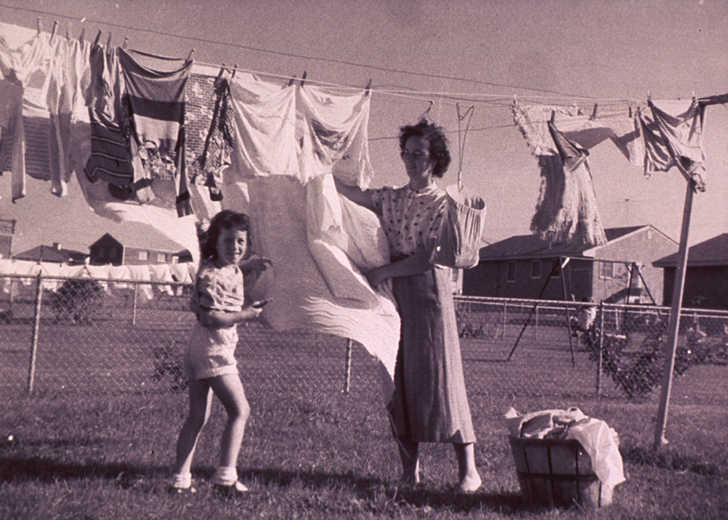
1) The clothesline must be wiped down before hanging the laundry on it.
This ritual helped to ensure that if any dust or dirt was on the line that it wouldn’t mark the clean clothes as they touched it.

2) Socks are to be hung by the toes.
Hanging them this way means that the ankles don’t get stretched out as quickly.
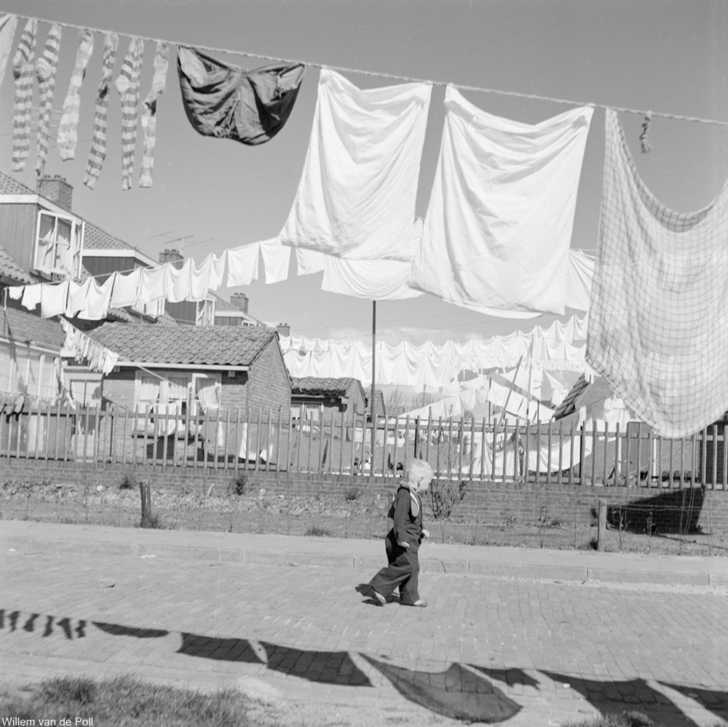
3) Sheets are hung on the outer edges of the lines and intimates and unmentionables in the middle.
The delicates always were hung on the inside and large items like sheets, blankets, and towels on the sides. Doing it this way sort of shielded the neighbors’ view of your families undergarments.

4) Like colors are to be hung together.
The white sheets and linens were always hung together and colors hung together so that if anything bled it wouldn’t ruin the nicely bleached items.
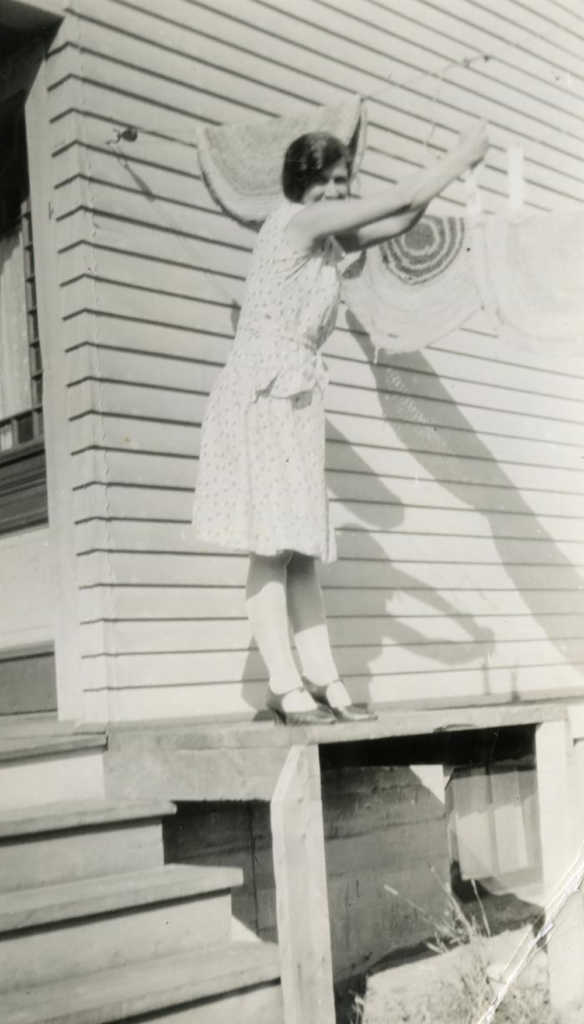
5) Shirts should be hung by the tails, not the shoulders.
A small crimp at the tail from a clothespin could quickly be ironed out or easily hidden by tucking in the shirt when worn. However, strange bumps at the shoulders required a lot more work to get out and it was best avoided altogether by simply hanging shirts upside down.
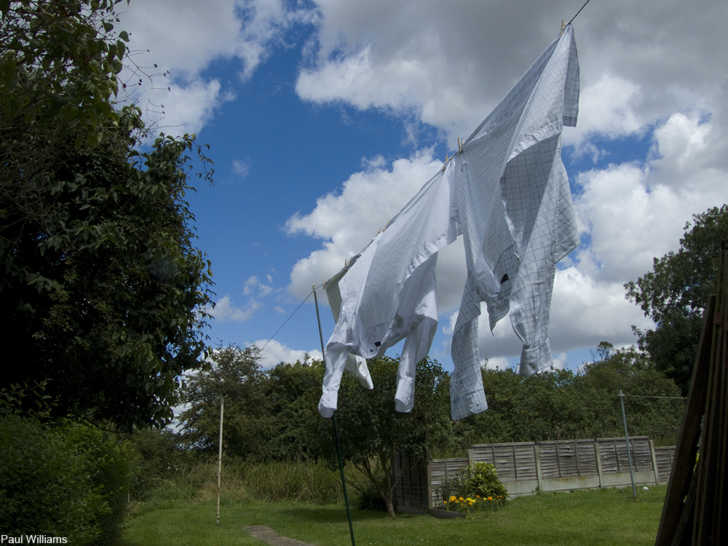
6) Each item must share a clothespeg with its neighbor.
This was done to save on costs since clothespins were easy to lose and often needed replacing anyways. Many women did huge amounts of laundry for their families with only a dozen clothespins. “Waste not, want not” as the old motto goes.
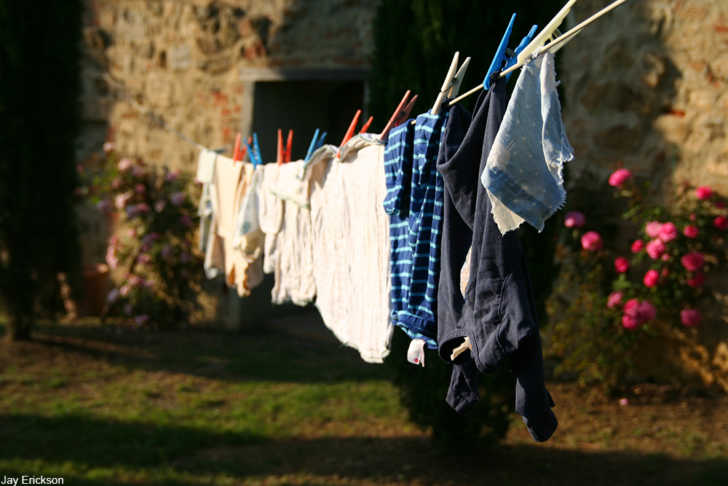
7) It doesn’t matter the temperature, the clothes will be hung out.
It didn’t matter if it there was snow on the ground or the temperature was freezing- the clothes were hung out anyways. It wasn’t a pleasant chore to do in winter, but it saved the clothes from getting soiled inside. If hung by the fire the washing was a risk to get coal or smoke stains, to smell like smoke, or to become musty if they didn’t dry well.
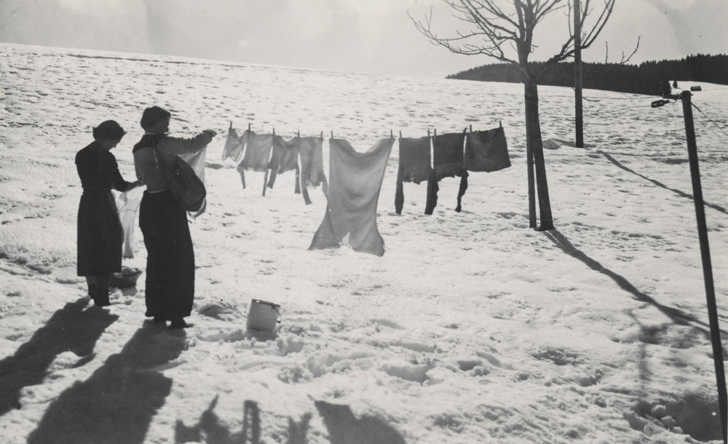
8) Clothespins always come inside.
If you were told to bring the pegs in and you didn’t then you were most definitely In Trouble. Again, wasting things wasn’t an option and so lost pegs was extremely frustrating experience for women of generations past. Frugality was something to be mindful of at each and every chore so that no money or resources were accidentally frittered away.

Source: dustyoldthing.com


